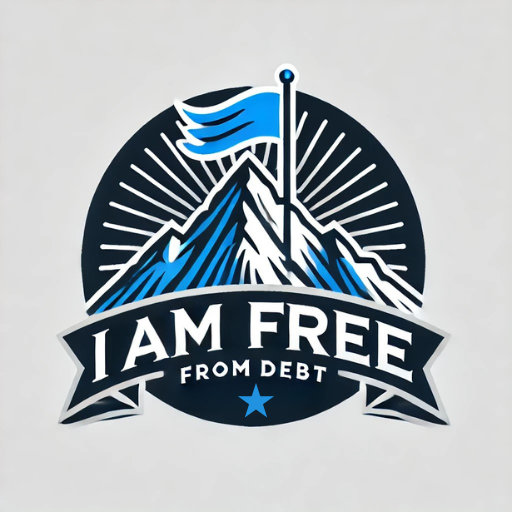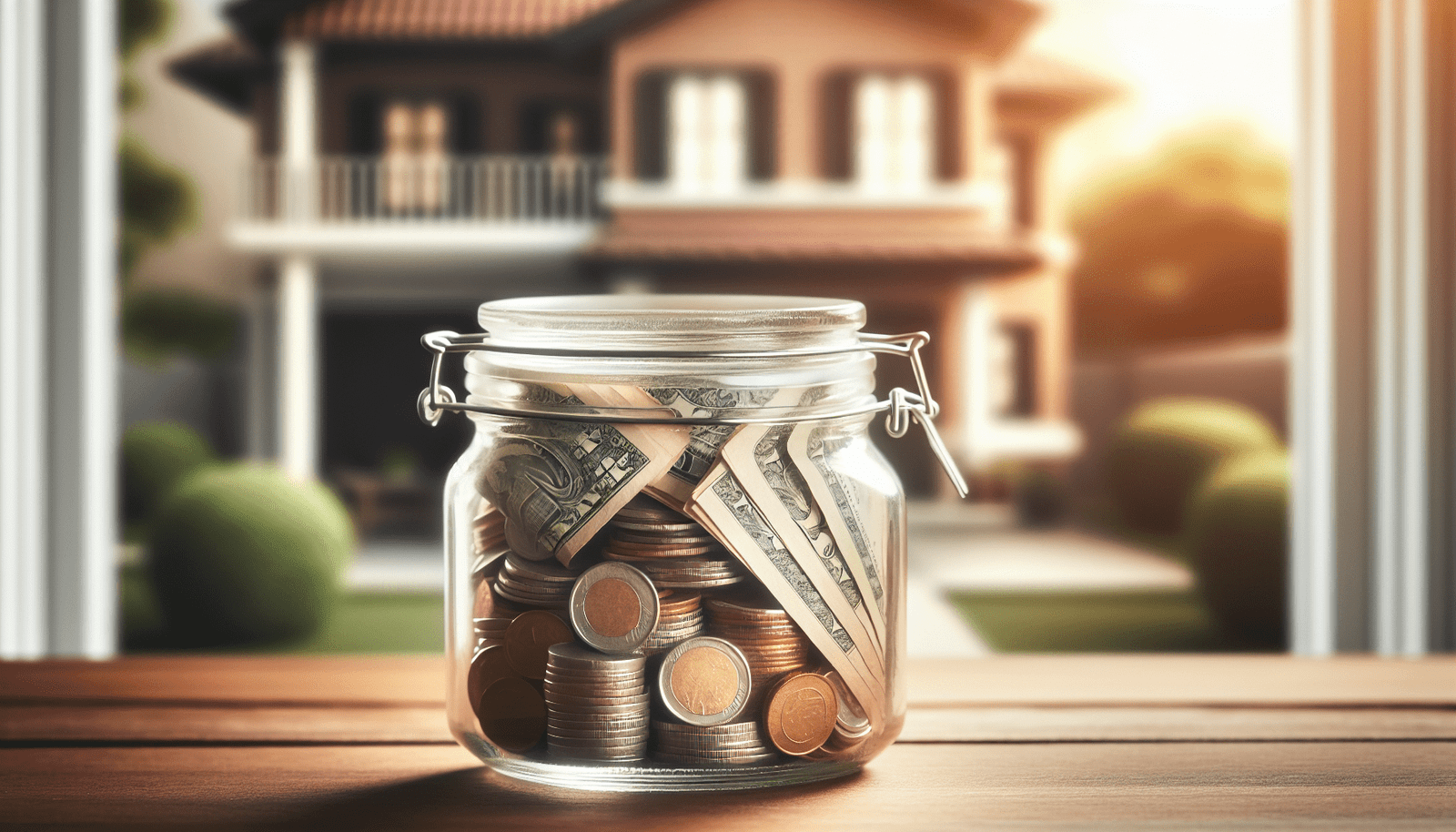Have you ever found yourself in a financial pinch, wondering how you’re going to cover an unexpected expense? It’s a common scenario that can leave you feeling anxious and unprepared. But what if there was a way to feel secure in times of uncertainty? Building an emergency fund might just be your answer.

This image is property of pixabay.com.
Understanding the Importance of an Emergency Fund
An emergency fund is not just a savings account; it’s your financial safety net. Life is unpredictable, and having money set aside for those “just in case” moments can save you from feeling overwhelmed. Whether it’s a car repair, medical expenses, or job loss, having this fund ensures that you won’t have to rely on credit cards or loans during tough times.
Why You Need an Emergency Fund
- Peace of Mind: Knowing you have funds available can significantly reduce stress and anxiety during emergencies.
- Avoiding Debt: An emergency fund allows you to cover unexpected costs without going into debt. This can keep your financial situation from spiraling out of control.
- Financial Stability: It serves as a buffer against financial shocks. If you’re suddenly faced with unemployment or unexpected expenses, an emergency fund provides stability.
How Much Should You Save?
Determining the right amount for your emergency fund is essential. While individual circumstances vary, a good rule of thumb is to aim for three to six months’ worth of living expenses.
Calculating Your Emergency Fund
You can calculate your ideal emergency fund by following these steps:
- List Your Monthly Expenses: Include all necessary expenses like housing, utilities, groceries, transportation, and healthcare.
- Multiply by Three to Six: Depending on your comfort level and job stability, multiply your monthly expenses by three or six to find your target range.
| Monthly Expenses | Target Fund (3 months) | Target Fund (6 months) |
|---|---|---|
| Rent/Mortgage | $X | $X |
| Utilities | $X | $X |
| Groceries | $X | $X |
| Transportation | $X | $X |
| Insurance | $X | $X |
| Healthcare | $X | $X |
| Total | $X | $X |
Setting Goals for Your Emergency Fund
Once you have a target number in mind, it’s time to set realistic goals. You can achieve this by determining how much you can set aside each month.
Creating a Savings Timeline
Consider the following steps:
- Assess Your Budget: Review your monthly income and expenses to see how much you can realistically save.
- Set a Timeline: Decide how quickly you want to reach your goal. Whether it’s within a year or two, having a timeline can keep you motivated.
- Break it Down: Divide your total emergency fund goal by the number of months you’ve set in your timeline.
For example, if your target is $12,000 in one year, you’ll need to save $1,000 a month.
| Target Amount | Savings Goal Per Month | Months to Save |
|---|---|---|
| $12,000 | $1,000 | 12 |
| $6,000 | $500 | 12 |
| $3,000 | $250 | 12 |
Where to Keep Your Emergency Fund
Choosing the right place to keep your emergency fund is just as important as building it. You want an account that provides easy access while also earning some interest.
Recommended Account Types
- High-Interest Savings Accounts: These accounts typically offer higher interest rates than traditional savings accounts. They also allow easy access to your funds.
- Money Market Accounts: Similar to savings accounts, these often offer higher interest rates and limited check-writing privileges.
- Short-Term CDs: Certificates of Deposit (CDs) can provide a higher interest rate, but be cautious about tying your funds up for longer periods.

This image is property of pixabay.com.
Building Your Emergency Fund
Now that you know how much you need and where to keep it, let’s talk about actually building that fund.
Establishing a Savings Routine
Creating a consistent saving routine can make all the difference.
- Automatic Transfers: Set up automatic transfers from your checking account to your emergency fund. This way, you’re saving without even thinking about it.
- Cut Unnecessary Expenses: Review your subscriptions and monthly expenses. Cutting out what you don’t need can help boost your savings.
- Use Windfalls Wisely: When you receive bonuses, tax refunds, or gifts, consider allocating a portion directly to your emergency fund.
Tips for Successful Savings
- Use a Savings Challenge: Engage in a savings challenge, such as the “52 Weeks Challenge,” where you save a specific amount each week.
- Celebrate Milestones: Celebrate when you reach saving milestones, like your first $1,000. Recognizing your progress can motivate you to continue.
- Reassess Regularly: As your financial situation changes (e.g., income increases or decreases), reassess your savings goals and adjust accordingly.
What to Do When You Have to Use Your Emergency Fund
Life happens. If you find yourself in a situation where you need to dip into your emergency fund, don’t panic.
Steps to Rebuild Your Fund
- Evaluate the Situation: Determine why you had to use the funds and whether it was truly an emergency.
- Create a Plan: Instead of feeling defeated, plan how you’ll rebuild the fund. Make a budget that includes a monthly savings amount to replenish what you’ve taken out.
- Adjust Your Timeline: You may need to extend your initial timeline to allow for rebuilding, but that’s perfectly okay.

This image is property of pixabay.com.
Staying Motivated
Maintaining a positive outlook while building your emergency fund can be challenging, but it’s important for long-term success.
Ways to Keep Your Momentum
- Visual Goals: Create a visual representation of your goal, like a savings thermometer, to track your progress.
- Support System: Share your goals with friends or family. Having others hold you accountable can motivate you to stick to the plan.
- Remind Yourself of the Purpose: Keep reminding yourself why you’re building this fund. Remember that your peace of mind and financial security are worth it.
Addressing Common Myths About Emergency Funds
Sometimes, misconceptions can hold you back from creating your financial safety net. Here are a few myths debunked:
Myth 1: “I don’t need an emergency fund; I’m financially stable.”
Even the most financially secure individuals face unexpected expenses. An emergency fund is a cushion that protects you against life’s unpredictability.
Myth 2: “I can always rely on credit cards.”
Using credit cards can lead to debt and interest charges, potentially worsening your financial situation. An emergency fund prevents you from getting into a cycle of debt.
Myth 3: “I can save later, I’ll set aside money when I have extra.”
Waiting until you have “extra” funds often leads to indefinite postponement. It’s best to start saving now, even if the amount is small.

Conclusion: Your Journey to Financial Freedom
Building an emergency fund is one of the most empowering steps you can take towards achieving financial freedom. It’s not just about saving money; it’s about changing your mindset and strengthening your financial resilience. By having a buffer between you and the unexpected, you’re not just prepared for emergencies; you’re also paving the way for a more secure and confident financial future.
So, take that first step. Assess your finances, set realistic goals, and start saving today. Remember, every little bit counts, and with time, your emergency fund will grow into a reliable cushion that can support you through any storm. You’ve got this!

